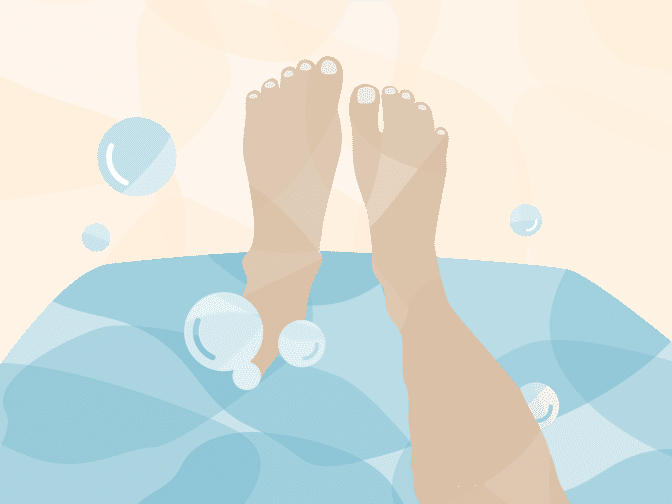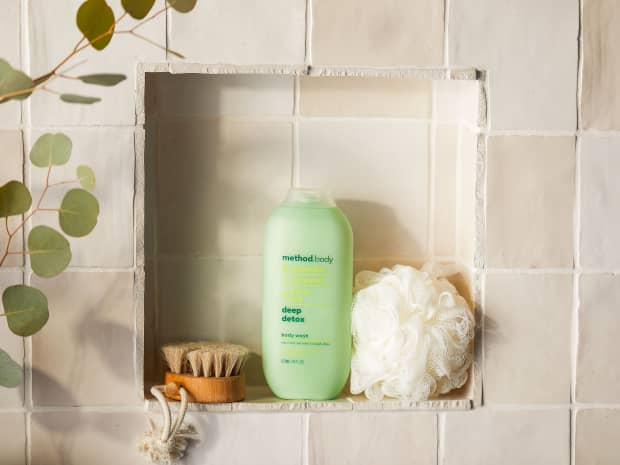Bowel regulation
The one official FDA-approved use of epsom salts is as a laxative. The recipe for adults is as follows.
- 8 ounces of water
- 2-4 teaspoons plain epsom salt rated, for laxative use
Instructions for epsom salt laxative
- Dissolve epsom salt in water.
- Drink entire amount of liquid.
- Do not leave your home.
- Bowel movement should happen between 30 minutes and 6 hours.








